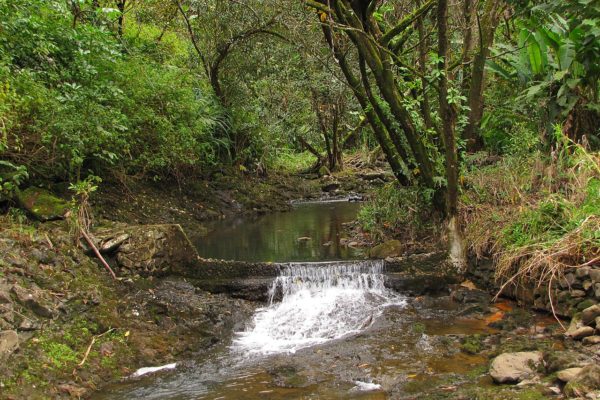By ILIMA LOOMIS,Staff Writer
The Maui News
April 29, 2010
WAILUKU – County Council members on Wednesday debated proposals to require the Department of Environmental Management to come up with a plan to recycle more wastewater and conduct sampling for water contamination before spending money to rehabilitate existing injection wells.
Council Member Wayne Nishiki introduced the proposal as an addition to the county’s budget for fiscal year 2011. Under his plan, the department would have to fulfill the requirements before it could seek or spend the money it is requesting for the injection well upgrades. Council Member Sol Kaho’ohalahala offered a similar plan, which would require Environmental Management to spend $250,000 of the money budgeted to carry out the water sampling, which he noted was ordered in January by the U.S. Environmental Protection Agency.
Department officials said they were already in the process of working with the EPA to comply with the order, and that the proposals being considered by the council could cost as much as $1 million.
The county needed to rehabilitate its existing injection wells, they added, or the treated effluent they are used to dispose of would have nowhere else to go.
Council members discussed the proposals, but took no action on them Wednesday.
The Department of Environmental Management is requesting $2 million in bond money to rehabilitate existing injection wells, which push treated wastewater deep into the ground. The water is treated to “R2” levels before being disposed of, meaning it is considered safe enough to irrigate landscaping but not to drink.
Mayor Charmaine Tavares has pledged to eliminate the county’s injection wells and find an alternate use of the wastewater. Last year, she formed a working group to study the issue.
But critics of the practice say she is not acting fast enough. They blame seepage from the wells for damage to nearby reefs and say contaminated water has caused infections in ocean users.
Nishiki’s plan would make the $2 million funding contingent on the department conducting a study to increase wastewater recycling. Nishiki said the study should include a plan and timetable for the county to treat all wastewater dumped in injection wells to “R1” levels – safe enough to irrigate food crops.
“It’s disturbing that this administration would not treat this water to R1 standards,” he said, adding, “We want this quality.”
Wastewater Division Chief Dave Taylor noted the state Department of Health regulates and closely monitors the quality of the water disposed of in injection wells.
“We are well within compliance . . . for all of our treatment plants,” he said. Nishiki’s requirements could cost as much as $1 million, he warned.
In a second proposal, both Nishiki and Kaho’ohalahala noted the EPA had ordered the county to conduct water sampling, monitoring and reporting of contaminants at its wastewater facility in Lahaina. Nishiki said the county should be required to comply with the order before it could spend money on injection wells, while Kaho’ohalahala proposed requiring the department to spend $250,000 on the program.
But Environmental Management Director Cheryl Okuma said she was already in close communication with the EPA about the county’s compliance, and that her department was preparing to hire a contractor to help it develop a plan for how to proceed.
“This is exactly what we’re working on,” she said.
Holding up the rehabilitation of the county’s existing injection wells with the provisions could lead to the treated effluent overflowing, Taylor said.
Even if the county finds a way to divert and recycle 100 percent of its treated wastewater, there would still be times the county would have to dispose of water down injection wells, such as on rainy days when the irrigation water is not used, he said.
“The only way we have to get rid of this water is down the injection wells,” he said.



